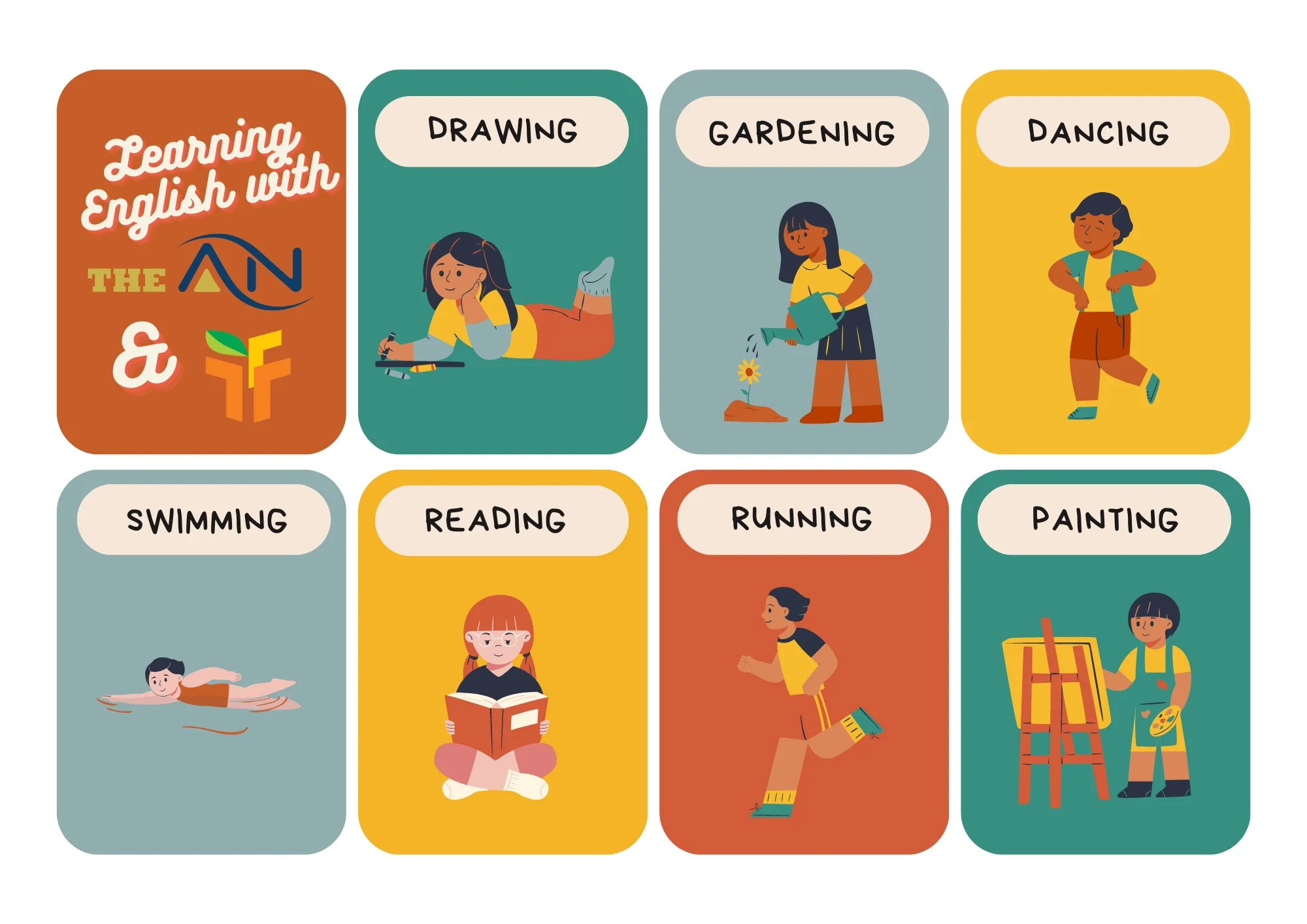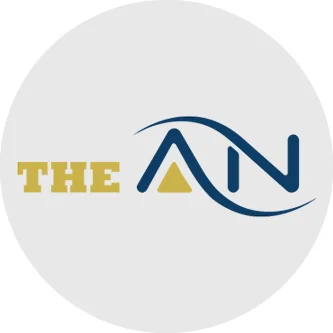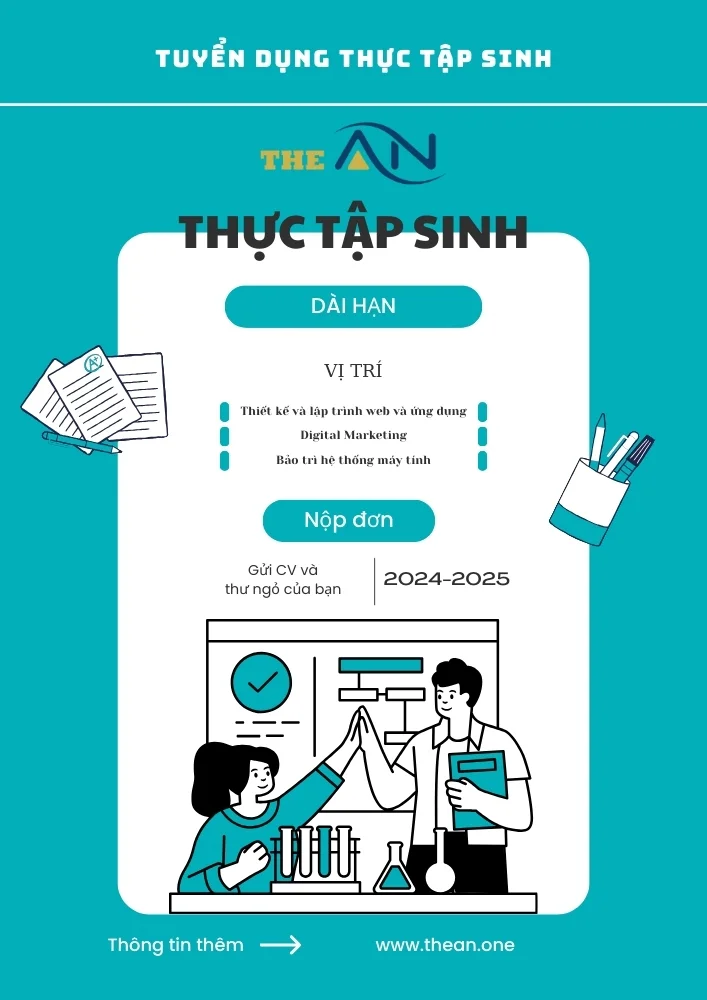Descriptive Adjective : Definition, Types, Functions and Examples

In English Grammar, many different aspects assist us in constructing grammatically sound sentences. Understanding the English language can be challenging; as a result, we make use of a variety of methods to simplify the process and make it easier to grasp. In this article, you will find a detailed description of the descriptive adjective, its functions, types, and examples accordingly.
What is a Descriptive Adjective?
Descriptive adjectives are the types of adjectives that are used to indicate the size, color, or look of a person or character, an item or thing, an animal, or indeed any specified location that is stated in the sentence. In simple words, Descriptive adjectives are those types of adjectives that offer an attribute towards the noun that is present in a sentence by providing more information about it.
The purpose of descriptive adjectives is to provide more information about the noun they modify by accurately describing the properties of that noun or by changing its meaning. The adjective is one of the most important components of parts of speech since it has such a significant impact on the information that is discussed in both verbal and written communication.
Examples of Descriptive Adjectives
- There are yellow, blue, and purple tops in my closet.
- Some very old, and precious items are exhibited in this museum.
- I asked my mother for a sturdy, small laptop in red.
- I bought a new expensive smartphone.
- John is a genuine, hard-working person.
The Function of Adjectives
In English, adjectives serve multiple functions in a sentence, let’s understand the different functions of adjectives:
Adjectives Function as Nouns
When describing groups of individuals, some adjectives may also function as nouns. For instance, we may refer to ‘ill individuals’ by simply saying “the sick” when we are talking about them. The noun that the adjective modifies is eliminated, and in its stead comes the adjective, which takes the place of the noun.
Adjectives can form Comparisons
Some adjectives in the English language, such as “tall” and “quick,” make it possible to make comparisons between two or more objects. These comparisons are addressed at some length in our short reader on comparatives and superlatives. When making this kind of comparison, it is common practice to affix the suffixes ‘-er’ or ‘-est’ to the end of each adjective in turn:
Adjectives can Intensify Nouns
The option to give a noun a more prominent sense of being is another possible use for adjectives. In this approach, some adjectives, like “absolute” (as in “it was an absolute success”), can easily bolster the power of the noun they modify.
Adjectives can Mitigate Nouns
A limited number of adjectives may also be employed in the manner of mitigation to weaken nouns. For example, if we wanted to downplay how “boring” a person is, maybe out of a desire to be more polite, we might add the qualifying adjective “very” to form the phrase “he is quite uninteresting.” This would mean the same thing.
How to find Descriptive Adjectives in a sentence?
Now, we have learned about the adjective and what is used for, so next is identifying the adjective in a sentence. Let’s break it down:
“Jessica wants to have a beautiful garden”.
Step 1
- You must spot the Subject, Verb, and Object in the above sentence.
- Sentence: Jessica + wants + to have a beautiful garden.
Step 2
- Now you must consider the Object and then see what attribute it has in the sentence etc. about a noun. Then we will get the answer.
- Here is the question, “Which type of garden?” – beautiful. (This will be your descriptive adjective)
Types of Descriptive Adjectives
Comparative Descriptive Adjectives
When comparing two nouns, this kind of descriptive adjective is used to make the comparison. They have comparable variants. Take, for instance:
- Calm and calmer
- Big and bigger
- Strong and stronger
- Dim and dimmer
- Tall and taller
- Pretty and prettier
- Thin and thinner
- Quicker and quicker
- Soft and softer
- Happy and happier
- Silly and sillier
Certain comparative descriptive adjectives include two syllables, and those syllables are often the phrases “more” or “less.” These words normally comprise the comparative term. Take, for instance:
- More dangerous (or less dangerous )
- Less bright (or more bright)
- Less energy (or more energy)
- More confident (or less confident)
Here’s how you can use comparative descriptive adjectives in a sentence:
- The new motorcycle is smaller than the old one
- The latest smartphone is more expensive than other models
- My new shirts are softer than my other shirts.
- My new watch is cheaper than the previous one.
- Some of the students can run faster than the other students.
Simple Descriptive Adjectives
Adjectives that are simple or common are the same thing as basic adjectives. They are made up of a single common word, as opposed to a proper noun. These, much like the rest of the descriptive adjectives, may be combined with other adjectives to form new combinations.
- Adorable
- Adventurous
- Agreeable
- Alive
- Aloof
- Amused
- Angry
- Annoying
- Anxious
- Arrogant
- Ashamed
- Attractive
- Auspicious
- Awful
- Bad
- Beautiful
- Black
- Blue
- Blushing
- Bored
- Brave
- Bright
- Brown
- Busy
- Calm
- Careful
- Cautious
- Charming
- Cheerful
- Clean
- Clear
- Clumsy
- Colorful
- Comfortable
- Concerning
- Condemned
- Confusing
- Cooperative
- Courageous
- Creepy
- Crowded
- Cruel
- Curios
- Cute
- Dangerous
- Dark
- Defiant
- Delightful
- Difficult
- Disgusting
- Distinct
- Disturbed
- Dizzying
- Drab
- Dull
- Eager
- Easy
- Elated
- Elegant
- Embarrassed
- Enchanted
- Encouraging
- Energetic
- Enthusiastic
- Envious
- Evil
- Exciting
- Expensive
Some examples of sentences
- I usually go for blue-colored motorcycles.
- Tom is scared of heights.
- He owns a big farmhouse.
- Jim has a round wooden coffee table.
Compound Descriptive Adjectives
Compound adjectives are those that are made up of more than one word and are used to describe a single noun or pronoun. In most cases, they will have hyphens added.
- Baby-faced
- Broken-hearted
- Bull-headed
- Freckle-faced
- Full-time
- Heavy-handed
- High-heeled
- High-spirited
- Life-giving
- Long-lasting
- Long-winded
- Middle-aged
- Mouth-watering
- Never-ending
- Next-door
- Old-fashioned
- Part-time
- Red-blooded
- Self-centered
- Short-haired
- Short-tempered
- Sure-footed
- Thick-skinned
- Thought-provoking
- Tight-fisted
- Well-known
- Well-read
- World-famous
Example Sentences:
- Murli is a left-handed Bowler.
- Kamal is a short-tempered person.
- In this case, it is a life-giving opportunity.
- Raj always talks about himself a lot. He is a self-centered man.
List of Descriptive Adjectives of All Tenses
Let’s go through a list of descriptive adjectives that you can use in your writing:
- Adorable
- Adventurous
- Agreeable
- Alive
- Aloof
- Amused
- Angry
- Annoying
- Anxious
- Arrogant
- Ashamed
- Attractive
- Auspicious
- Awful
- Bad
- Beautiful
- Beige
- Black
- Blue
- Blushing
- Bored
- Brave
- Bright
- Brown
- Bumpy
- Busy
- Calm
- Careful
- Cautious
- Charming
- Cheerful
- Clean
- Clear
- Comical
- Congenial
- Cordial
- Crazy
- Crooked
- Decayed
- Delicious
- Determined
- Dilapidated
- Distraught
- Dim
- Dizzy
- Drab
- Dreadful
- Droll
- Dull
- Elated
- Elderly
- Emaciated
- Embarrassed
- Enormous
- Enthusiastic
- Envious
- Exultant
- Fancy
- Fantastic
- Filthy
- Flat
- Fresh
- Friendly
- Fuzzy
- Ghastly
- Gigantic
- Glamorous
- Gleaming
- Greasy
- Green
- Glorious
- Gorgeous
- Grubby
- Grumpy
- Handsome
- Helpless
- High
- Hollow
- Homely
- Horrific
- Hot
- Icy
- Ideal
- Immense
- Irate
- Irritable
- Itchy
- Jealous
- Jittery
- Jocular
- Juicy
- Jumbo
- Jumpy
- Kind
- Knotty
- Knowledgeable
- Large
- Lazy
- Lethal
- Little
- Lively
- Lonely
- Low
- Ludicrous
- Magnificent
- Mammoth
- Massive
- Miniature
- Miniscule
- Minute
- Misty
- Modern
- Moody
- Muddy
- Mysterious
- Narrow
- Nasty
- Naughty
- Nervous
- Nonsensical
- Nutritious
- Obedient
- Oblivious
- Obnoxious
- Octagonal
- Odd
- Opulent
- Orange
- Outrageous
- Petite
- Plain
- Pleasant
- Poised
- Pompous
- Precious
- Proud
- Pungent
- Purple
- Quick
- Quiet
- Quizzical
- Rainy
- Rectangular
- Red
- Relieved
- Repulsive
- Ripe
- Robust
- Rotten
- Rough
- Round
- Salty
- Sarcastic
- Selfish
- Shaky
- Sharp
- Short
- Silky
- Silly
- Skinny
- Slimy
- Slippery
- Small
- Smarmy
- Smiling
- Smooth
- Smug
- Sparkling
- Stale
- Steep
- Sticky
- Strange
- Stunning
- Tan
- Tart
- Teak
- Tender
- Tense
- Terrible
- Thick
- Thoughtful
- Thoughtless
- Triangular
- Thrilled
- Tight
- Ugly
- Unbelievable
- Upset
- Unimaginable
- Unsightly
- Unusual
- Uptight
- Vast
Descriptive Adjective Rules
1. Placement:
Descriptive adjectives are typically placed before the noun or pronoun they modify. For example, “a beautiful garden” or “an exciting movie.”
2. Order of Adjectives:
When multiple adjectives are used to describe a noun, there is a general order in which they are placed. It often follows this sequence: opinion, size, age, shape, color, origin, material, and purpose. For instance, “a small old house” or “a beautiful red rose.”
3. No Comma:
In most cases, adjectives do not require commas between them when they appear together before a noun. For example, “a happy, energetic child” is incorrect. It should be “a happy and energetic child.”
4. Exceptions with Commas:
Commas are used when coordinate adjectives (adjectives that independently modify the noun) can be rearranged without changing the meaning. For instance, “a big, red ball” and “a red, big ball” have the same meaning.
5. Hyphenation:
Some compound adjectives are hyphenated when they appear before a noun to create a single descriptive unit. For example, “a well-known author” or “a two-year-old child.”
6. Agreement:
Adjectives should agree in gender, number, and case with the noun they modify. For instance, “a happy child” (singular) and “happy children” (plural).
7. Use of Articles:
Articles like “a,” “an,” or “the” can appear before descriptive adjectives. For example, “an interesting book” or “the blue sky.”
8. Comparative and Superlative Forms:
Adjectives often have comparative (e.g., “bigger”) and superlative (e.g., “biggest”) forms when comparing nouns. For instance, “the tallest building” or “a more interesting story.”
9. Proper Adjectives:
These adjectives are derived from proper nouns (names) and are capitalized. For example, “American culture” or “French cuisine.”
10. Demonstrative Adjectives:
Words like “this,” “that,” “these,” and “those” can also function as descriptive adjectives when they specify or point to specific nouns. For example, “I want this book.”
Descriptive Adjectives Practise Exercise
Fill in the right descriptive adjectives in the given sentences:
- Sherry has long ___ hair.
- The ___ girl arrived out of nowhere.
- My diet consists mostly of ___ foods.
- The ___ boy made fun of the young children in the classroom.
- The ___ approached the young girl and requested money.
- That ____ girl is my friend’s sister.
- The ___ boy broke his ankle.
Answers
- black
- tall
- plant-based
- mischievous
- old lady
- Beautiful
- handsome
We hope that you have found this post to be informative, and now that you do, you have the ideal reference guide to consult anytime you are searching for vivid adjectives to employ in your writing so that it comes to life.
FAQs on Descriptive Adjectives
The characteristics of a noun or pronoun may be described using descriptive adjectives. Some examples of descriptive adjectives are “flat,” “round,” “brighter,” and “runniest.” Another example is “crunchiest.”
Providing information on how something or someone appears, sounds, or otherwise behaves; using words to explain how something or someone is.
- It was the gray cat.
- I bought red potatoes.
- There were few cars.
- Most people like ice cream.
- I used a wooden spoon.
- I like black coffee.
Adjectives are what make a piece of writing or speech interesting to read or listen to, as well as thought-provoking.
In standard English use, adjectives come before the nouns they describe; for instance, “tall man” comes before “man” and “easy task” comes before “assignment.” Adjectives can come after the nouns that they describe.
Descriptive adjectives go before nouns or pronouns to provide more information about them. For example, “red apple” or “beautiful house.”
- Beautiful
- Tall
- Red
- Smart
- Ancient
- Square
- Delicious
- Friendly
- Fast
- Modern
- Shiny
- Frightening
- Noisy
- Scented
- Slippery
- Cozy
- Gigantic
- Hilarious
- Fragile
- Mysterious
A descriptive adjective is a word that describes a noun by giving more information about its qualities or attributes. For example, in “red apple,” “red” is a descriptive adjective that tells us the color of the apple.
Descriptive adjectives come in various kinds based on what they describe:
Quý anh/chị đang tìm kiếm một doanh nghiệp uy tín cung cấp dịch vụ Công Nghệ Thông Tin như Thiết kế và lập trình website, Digital Marketing, hoặc dịch vụ Bảo trì và chăm sóc hệ thống máy tính, ...? Đừng ngần ngại hãy liên hệ với The ÂN qua số điện thoại (+84).326.418.478 để được tư vấn cụ thể, hoặc liên hệ qua mẫu tin.
Các thông tin nổi bật khác:









